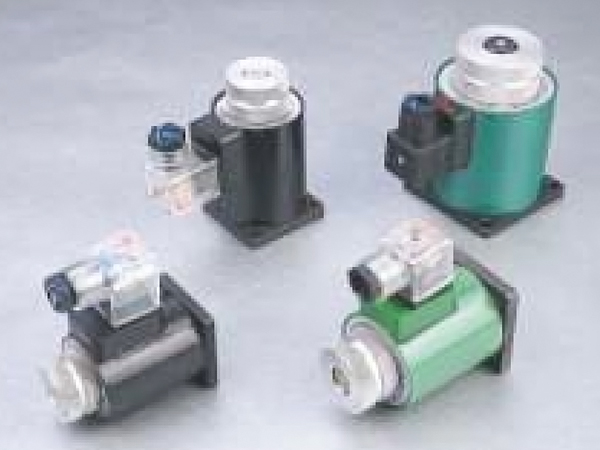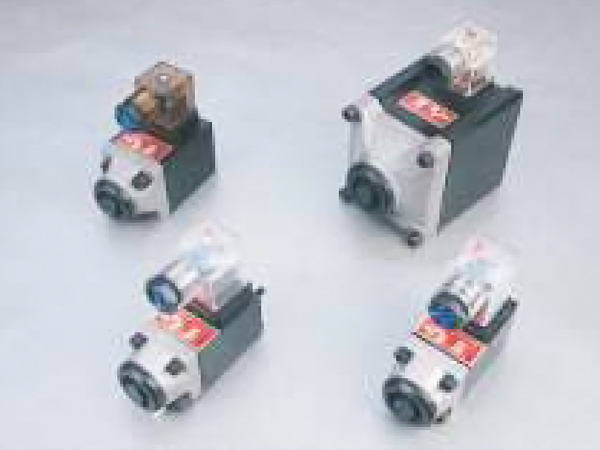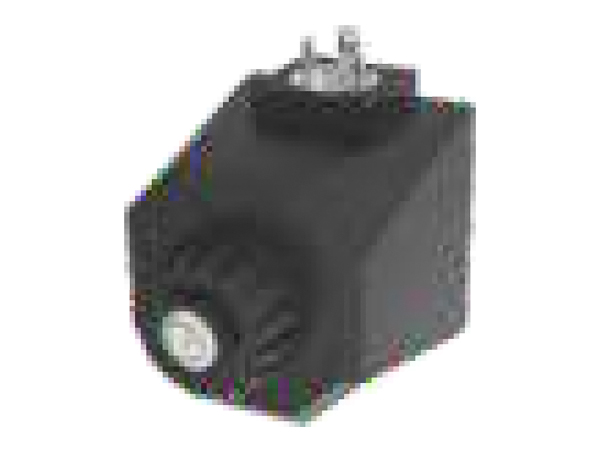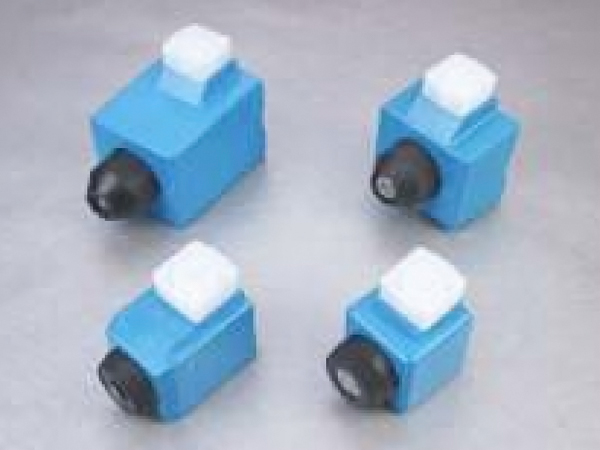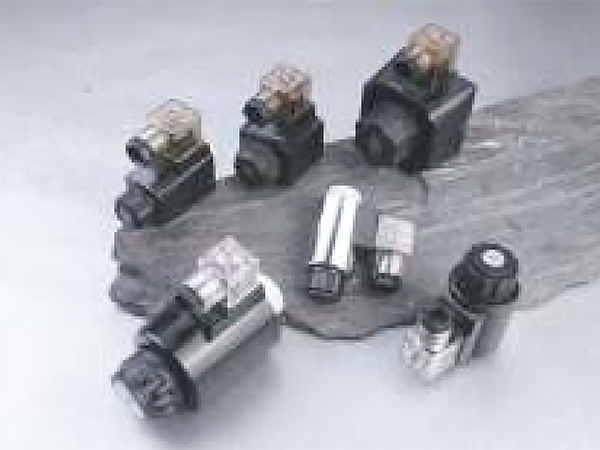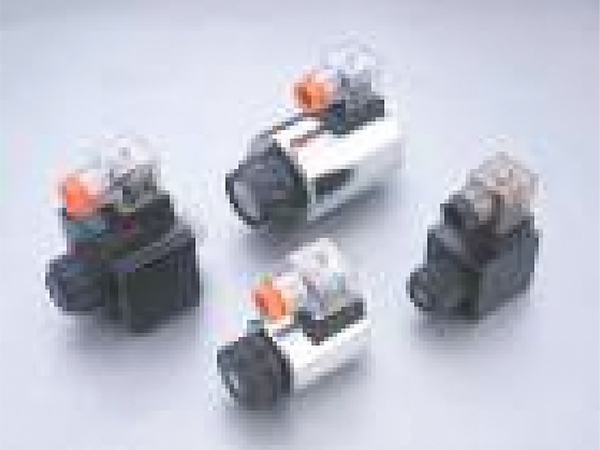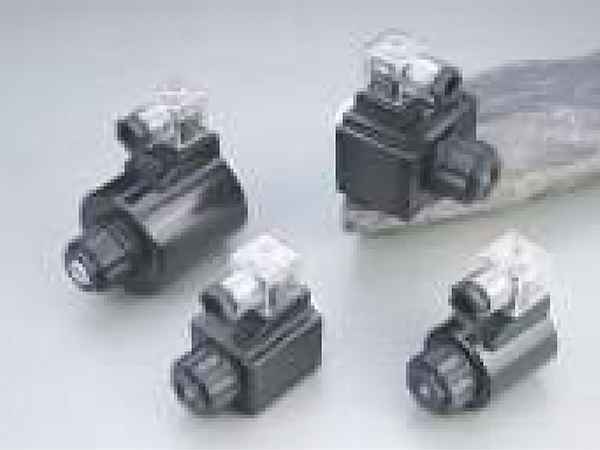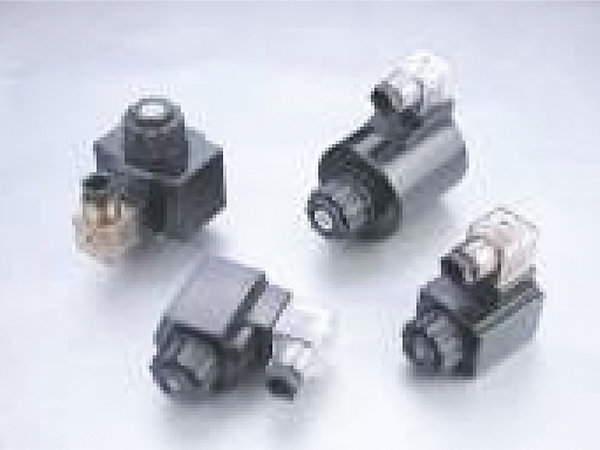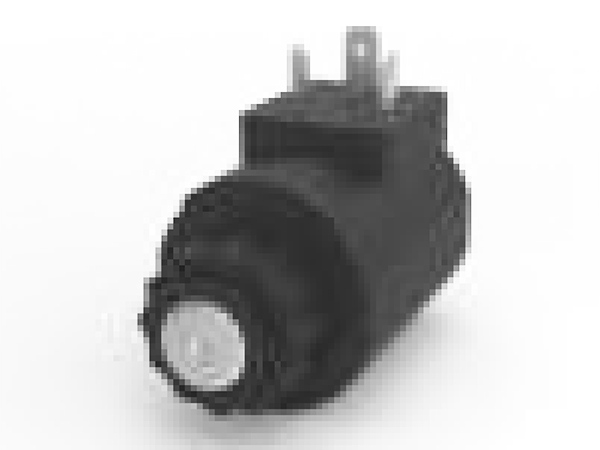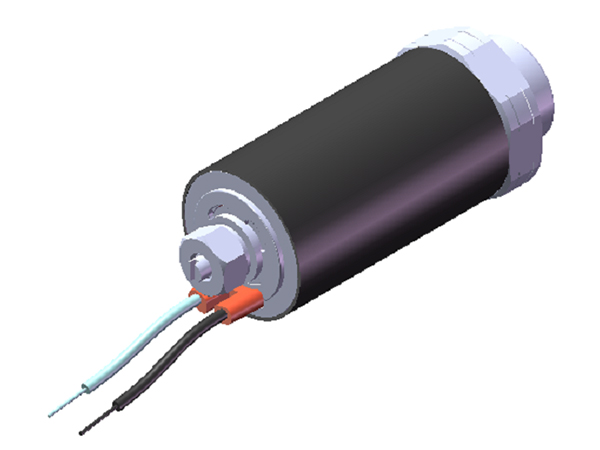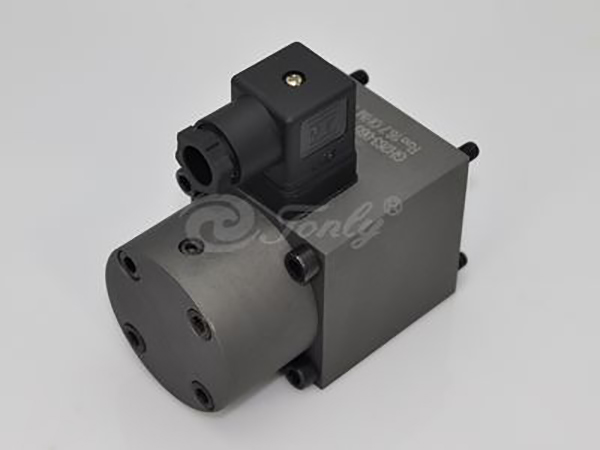What impact does the integration of an External Shock-Absorbing Solenoid Valve have on the overall performance and reliability of pneumatic or hydraulic systems?
The integration of an External Shock-Absorbing Solenoid Valve provides substantial improvements in system stability. In pneumatic and hydraulic systems, external shocks or vibrations can disrupt the normal operation of valves and fluid flow, leading to unstable pressure variations, erratic actuator movements, or inconsistent operational cycles. The shock-absorbing mechanism in these solenoid valves acts as a buffer that dissipates and absorbs external forces, preventing them from being transmitted to the valve or the system. This reduces the potential for sudden fluctuations in fluid or air pressure, ensuring smoother and more consistent operation across the system. The stabilization effect results in reduced chances of system downtime, increased uptime, and an overall more reliable performance, especially in dynamic environments where shocks or vibrations are common.
External shocks and vibrations are some of the most damaging forces to mechanical components. In solenoid valves, these forces can cause internal parts such as the valve seat, solenoid coil, and moving components to wear prematurely. The shock-absorbing feature integrated into these solenoid valves protects these sensitive components by effectively dampening or neutralizing external forces, which helps maintain the valve's internal integrity. Over time, this reduces mechanical wear and tear, which directly contributes to an extended service life for both the valve and the entire pneumatic or hydraulic system. As a result, the system operates for longer periods without needing costly repairs or replacement of components, making it a more cost-effective solution in the long run. This longevity is especially beneficial for industries that rely on continuous, high-demand operation, such as manufacturing, aerospace, and automotive sectors.
External shock absorption is key to achieving precise control in pneumatic and hydraulic systems. Solenoid valves that lack shock-absorbing features are susceptible to erratic behavior when subjected to external forces. For example, external shocks can cause the valve to open or close at an inconsistent rate, leading to irregular flow rates or improper fluid handling. The shock-absorbing solenoid valve ensures smoother transitions, more accurate flow regulation, and better response times, thereby improving the precision of the entire system. This precision is crucial in applications such as robotics, automation, and industrial process control, where the exact timing and flow rate are necessary to meet tight performance specifications. As a result, the overall efficiency and quality of the system's output are enhanced, leading to more reliable results.
Pneumatic and hydraulic systems are highly sensitive to pressure variations caused by external shocks, which can lead to failure or malfunction of critical components. For instance, sudden shock loads can cause the valve to become misaligned, leading to leakage, improper sealing, or failure to actuate properly. These issues can cascade, affecting other components in the system, such as actuators, hoses, and seals. By integrating a shock-absorbing solenoid valve, the valve acts as a protective barrier that reduces the likelihood of pressure spikes or drops caused by external forces. This leads to a more stable and predictable performance across the system, greatly reducing the risk of component failure. In applications where system failure can lead to safety concerns, such as in oil rigs or aerospace systems, this shock-absorbing feature ensures that the system remains operational even under the harshest conditions.
The integration of an External Shock-Absorbing Solenoid Valve can also contribute to energy efficiency within a pneumatic or hydraulic system. Systems that experience frequent shock loads often result in energy wastage due to inefficiencies caused by abrupt pressure changes or fluid turbulence. These fluctuations can result in overcompensation by other system components, leading to unnecessary energy consumption as the system works harder to maintain stable operation. Shock-absorbing solenoid valves smooth out these inconsistencies, ensuring that the valve operates efficiently without the need for excessive energy input. As a result, the overall energy consumption is minimized, making the system more efficient and cost-effective to operate.
For more information, please call us at + 86-574-88452652 or email us at [email protected].
Product Categories
The Proportional Solenoid for Hydraulics is designed to provide fine-tuned regulation of fluid flow ...
Hydraulic presses are used in industries such as metalworking, plastic molding, and stamping. Hydrau...
The integration of an External Shock-Absorbing Solenoid Valve provides substantial improvements in s...
Coils for Cartridge Solenoid Valves used in mobile hydraulic and industrial equipment must be design...
Coils designed for higher voltages have higher internal resistance due to longer or thinner wire win...
The precise alignment of the Hydraulic Position Sensor is fundamental to its operation. For the sens...

 English
English 简体中文
简体中文